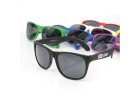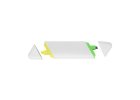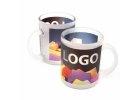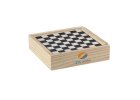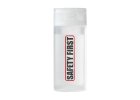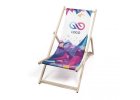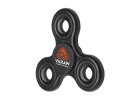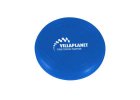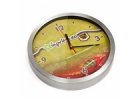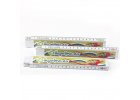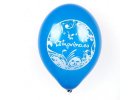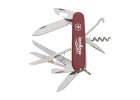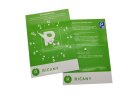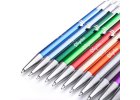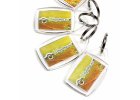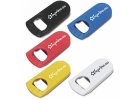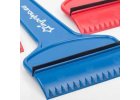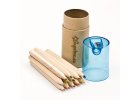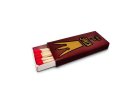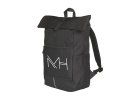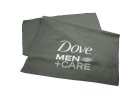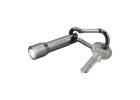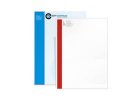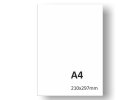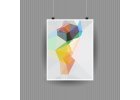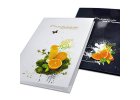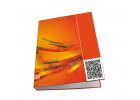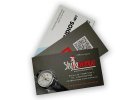Pad printing
Pad printing is a printing technique that allows the transfer of a 2D image onto a 3D object using a flexible pad. Pad printing is used for printing on surfaces that are otherwise difficult to access or have complex shapes, such as curved, uneven, or textured surfaces.
Principle of Pad Printing
- Preparation of the cliché: The process begins by creating a cliché, which is a negative form of the design to be printed. The cliché is a thin plate with an engraved or etched image.
- Applying ink: Special printing ink is applied to the cliché. Excess ink is wiped off using a blade, so that ink remains only in the recessed areas of the cliché.
- Transfer to the pad: A silicone pad (a flexible cushion) is pressed onto the cliché, picking up ink from the recessed areas. Thanks to its flexibility, the pad adapts to the shape of the cliché and accurately transfers the design.
- Transfer to the object: The pad is then moved to the object to be printed. Upon contact with the object's surface, the ink is transferred from the pad to the object.
Advantages of Pad Printing
- Versatility: It can be used on various materials, such as plastics, glass, metal, ceramics, wood, and more.
- Flexibility: It allows printing on complex-shaped and uneven surfaces, which is not possible with other printing techniques.
- Detail: Capable of transferring very fine details and delicate lines.
- Speed: High productivity, suitable for mass production.
Applications of Pad Printing
Pad printing is commonly used in the production of promotional items such as pens, keychains, lighters, mugs, or electronic components. It is also frequently utilized in the automotive and medical industries for printing on control panels, buttons, or diagnostic equipment.
This technology is popular for its ability to print on small items and fine details with high precision.

